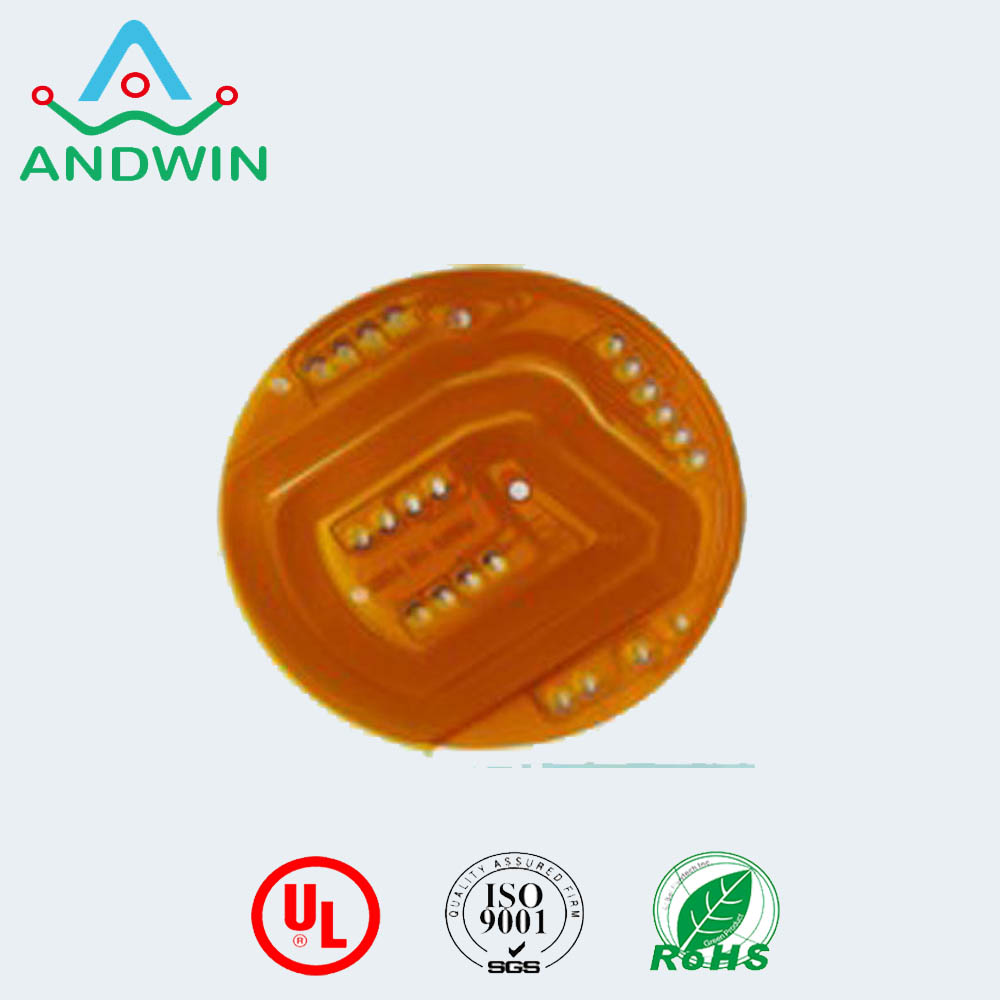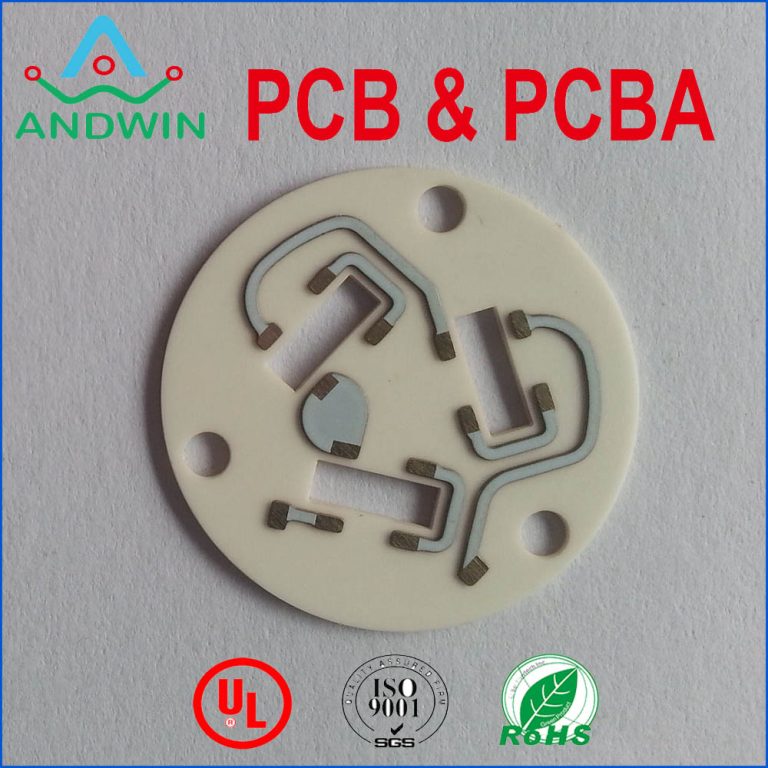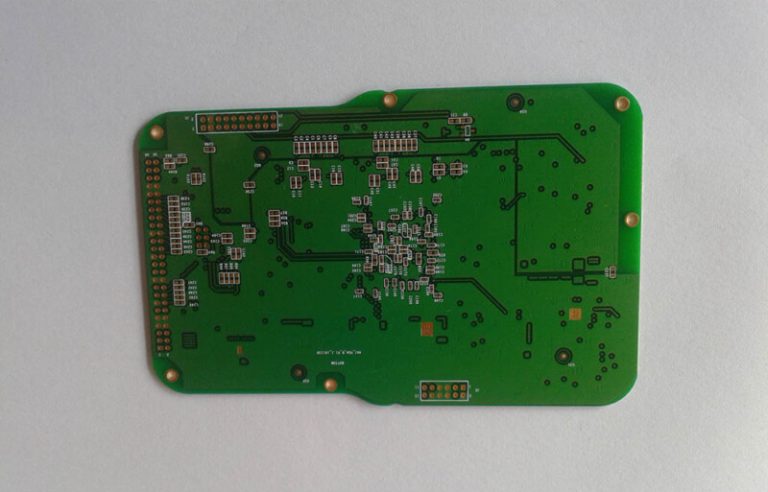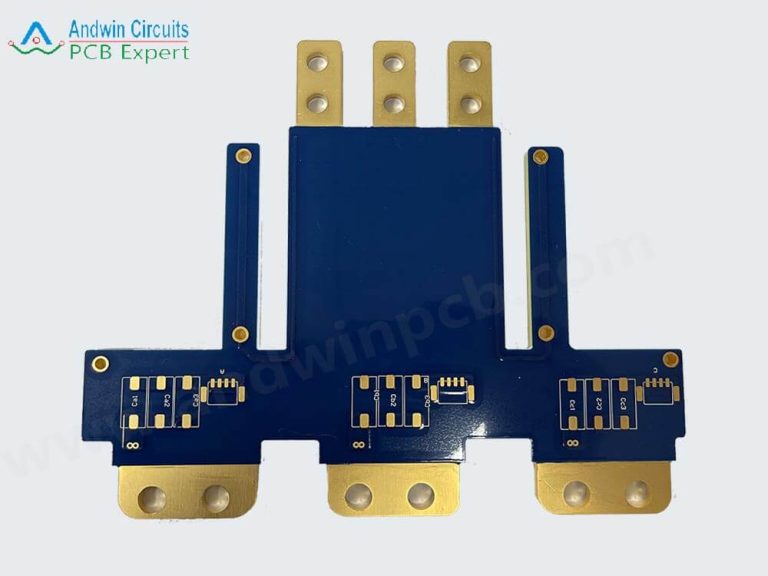Aluminium pcb design guidelines
1. Thermal considerations: Aluminum PCBs are often used in high-power applications,
so it’s important to consider thermal management in your design.
Make sure to include thermal vias to help dissipate heat and avoid hot spots.
2. Trace width and spacing: When designing aluminum PCBs,
it’s important to consider the width and spacing of your traces.
The wider the trace, the better the current carrying capacity.
However, wider traces also take up more space on the board.
Make sure to balance the need for current carrying capacity with the available board space.
3. Copper thickness: The thickness of the copper layer on an aluminum PCB is typically thinner than on a traditional FR4 PCB.
This is because aluminum has better thermal conductivity,
so less copper is needed to dissipate heat. Make sure to select a copper thickness that is appropriate for your application.
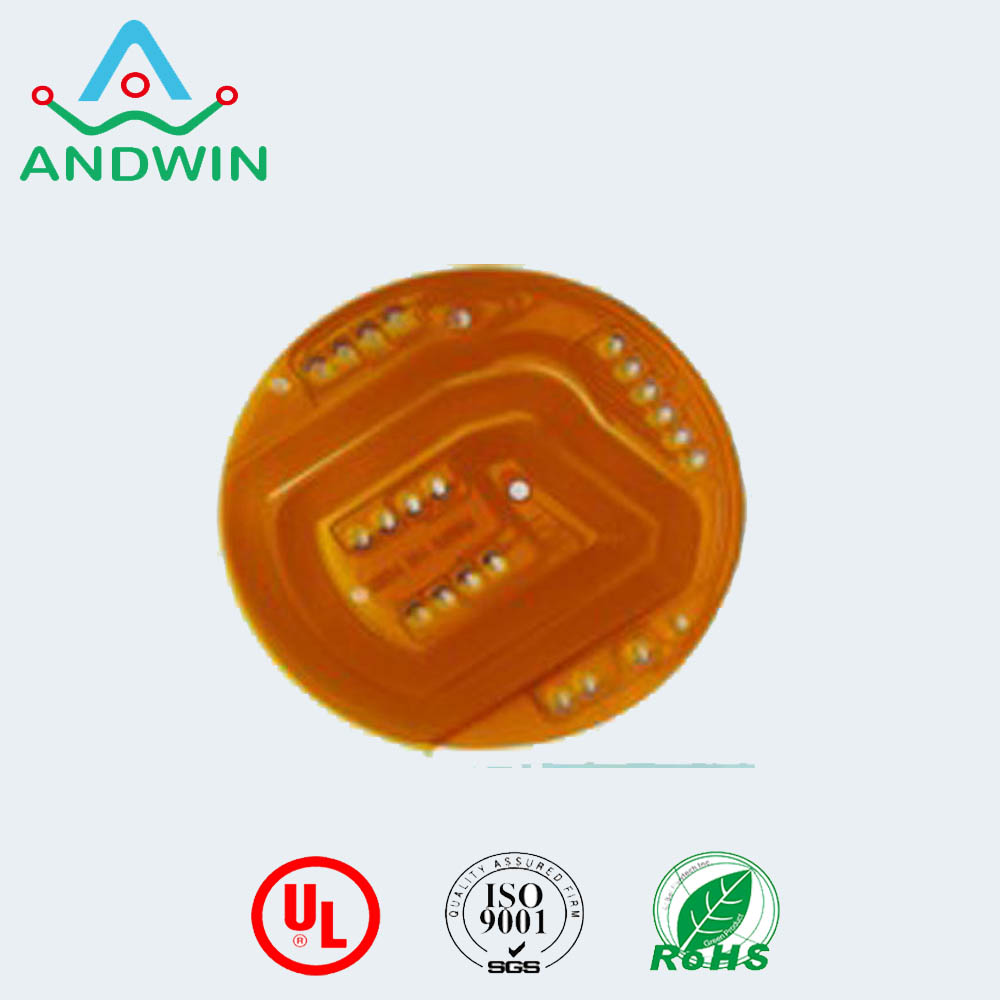
Aluminum PCB Design Guidelines Contents
1. Introduction
2. Advantages of Aluminum PCBs
3. Design Considerations for Aluminum PCBs
a. Thermal Management
b. Copper Trace Width and Spacing
c. Vias and Through-Holes
d. Solder Mask and Silkscreen
e. Component Placement
f. PCB Thickness
4. Manufacturing Guidelines for Aluminum PCBs
a. Drilling and Routing
b. Etching and Plating
c. Soldering and Assembly
5. Conclusion

